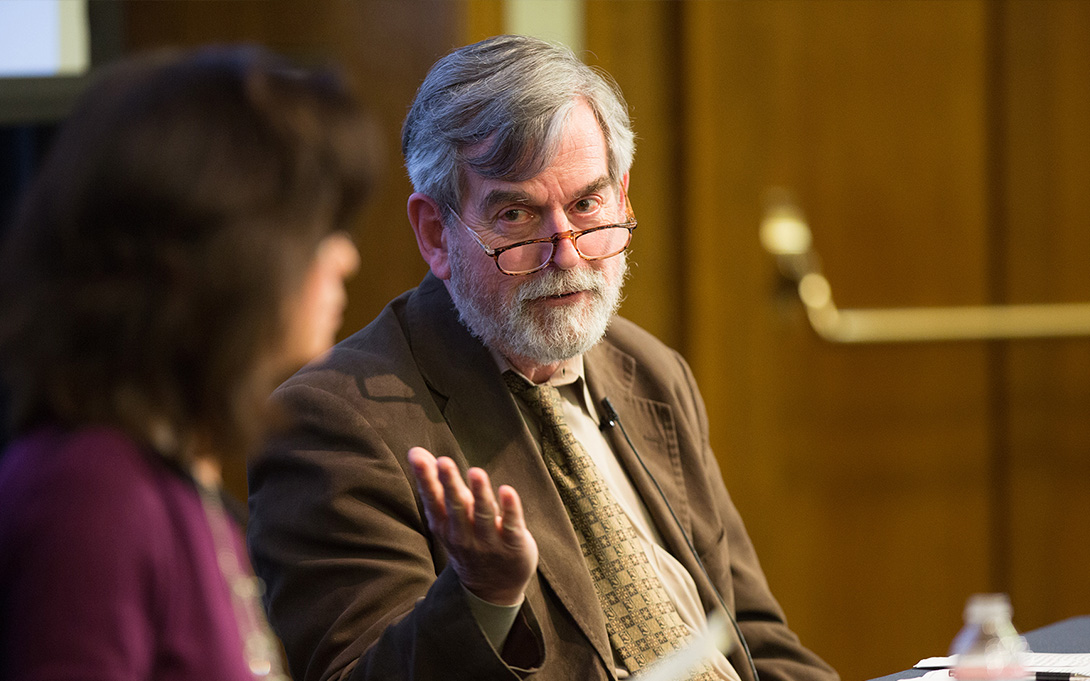
Ford School faculty have been among the experts helping the public make sense of some of the key questions about political developments in DC: What actions are the new Administration taking? What do these actions mean for various stakeholders? What steps might come next among the complex set of players in our political system? How can we put the Administration's actions in historical and international context?
Four faculty members share their expertise with State & Hill readers on four pressing topics, as of March 2025: tariffs, executive action, state capacity, and populist far-right expansions in established democracies.
By Alan V. Deardorff, John W. Sweetland Professor Emeritus of International Economics; Professor Emeritus of Public Policy
I taught international economics for over 50 years at Michigan. There was not much interest in import tariffs in my classes, perhaps because most tariffs in the U.S. and other developed countries had been gradually reduced to low levels through successful negotiations over the years since the 1940s. But in 2018, President Trump surprised everyone by raising tariffs on steel and aluminum from all countries and then on most goods from China, prompting retaliatory tariffs on U.S. exports. With his election for a second term, he promises to use tariffs even more aggressively, including our partners in the trade agreement that he renegotiated with Canada and Mexico.
The economics of tariffs is surprisingly simple: they are a tax, which raises the price that buyers pay and that competing sellers inside the country can charge. Like other taxes, in theory, they may also somewhat lower the price that foreign sellers receive. But Trump’s tariffs in 2018 gave us new and surprising data showing that even for a country the size of the U.S., any fall in foreign sellers’ prices is so small that it cannot be seen in the data. So a tariff raises prices, reduces demand for goods but increases production of them at home, and generates some revenue.
Most of the economic analysis that I’ve taught my students takes these effects as obvious and concentrates instead on how tariffs distort the choices of buyers and sellers, reducing the welfare of society as a whole.
Most taxes distort only one behavior, leading to suboptimal outcomes. A tax on production of a good, for example, distorts the decision to produce it by raising the cost to the producer above its true cost.
Alan V. Deardorff
But because a tax on imports raises the price of the good inside the country for both buyers and sellers, it distorts both demand and supply decisions. That’s why most economists agree that tariffs are more harmful to the economy than any other tax, and whatever purposes they might be thought to serve can be achieved at lower cost with some other policy.
Despite this, however, tariffs often remain more popular than other taxes because they appear, incorrectly, to tax foreigners.
More in State & Hill
Below, find the full, formatted spring 2025 edition of State & Hill. Click here to return to the spring 2025 S&H homepage.
